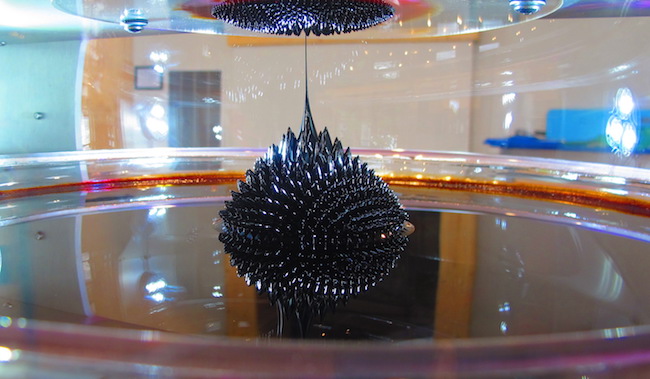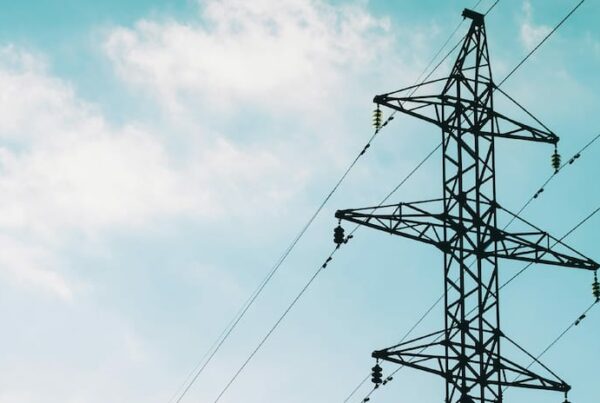By Guest Blogger: Donna Stewart
Part II in a four part series on Renewable Energy. See Part I, The Rising Tide of Renewable Energy
You could say solar power was “discovered” when humans first started strategically setting crops to optimize sun exposure and plant growth. Or maybe in the 7th century BCE when people started using magnifying glasses to make fire. Perhaps Sunpower 2.0 could be considered around 215 b.c., when Arhimedes helped defeat a Roman armada bent on destroying the Greek city of Syracuse with the old light-reflecting-mirror trick. Legend has it Archimedes had the Greek archers use polished metal shields to reflect and concentrate sunlight (yes, a heat ray), setting the oncoming ships ablaze.
Less dramatic but equally cool, in ancient Egypt, Pharoahs heated their palaces using black pools of water to capture the sun’s heat that would then be drained into pipes then run throughout the palace. Romans used similar engineering to heat their homes and bathhouses.
Not sure why that technology wasn’t more popular and adapted by everybody, but that was more or less the extent of the technology until the 18th century when Swiss physicist, Horace-Bènedict de Saussure, built the first solar collectors by constructing five glass boxes, nested within each other that were then placed in direct sunlight. The boxes trapped enough heat to make fondue.
French physicist Alexandre-Edmond Becquerel brought us still further in 1839 when he observed the photovoltaic effect on an electrolytic cell. He placed two platinum electrodes in an electrolyte (an electrically conducting solution), in this case, silver chloride dissolved in an acidic solution. He played around with this in different ways, but one important thing he found is that the electrical current of the cell was magnified when exposed to sunlight. Walla. The first solar cell.
Throughout the 1800s, physicist continued experimenting with solar but efficiency-to-cost remained too high to hold the attention of investors long enough to fund real research and, at the time, coal was cheap and the only air it seemed to be damaging was in the lungs of coal miners and canaries.
Here’s something not everyone knows: Albert Einstein was awarded the Nobel Prize in 1921, not for his theory of relatively, but for his explanation of the photoelectric effect. More precisely, for explaining how a light particle could deliver enough energy to knock an electron off an atom and create an electric current (Atlantic Sept. 2014), a conclusion that was crucial to the success of all current solar panels.
Two other important milestones include: development of a method to grow high-quality crystalline materials, a technique crucial to growing crystalline silicon, the medium of choice up to the present day for solar cells; and the silicon-based solar cell developed at Bell Laboratories in 1954 that achieved an efficiency of 6%, a huge gain at the time, but it still cost $250 to produce 1 watt of power at a time when coal could produce the same for only a few bucks.
Fortunately, there was one area of application where it was the lowest cost option, and this is what kept funding scientists to keep poking around with it: SPACE! It was pretty much the only thing that made economic sense in the space program. The first fully solar-powered satellite, the Vanguard 1, launched in 1953 and is said to still be rolling around out there in orbit today. Later, in 1967, it was used to power the unmanned spacecraft, Soyuz 1, and in 1973, it was used to power Skylab, a U.S. space station which orbited the earth for six years. But here on Earth? Interest was tepid.
So when did we start thinking earthly thoughts for photovoltaics (solar cells) you ask? Ah, we’ll save that for another post, but I’ll give you a hint: It was around the same time the myriad reflector really got spinning over the heads of rowdy revelers. For the moment, you now have enough information about the dawn of solar power to put you well ahead of the curve at your next solar power Trivial Pursuit gathering.




One Comment